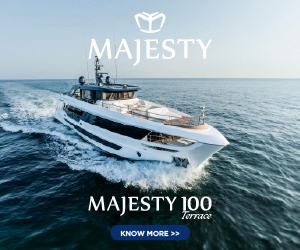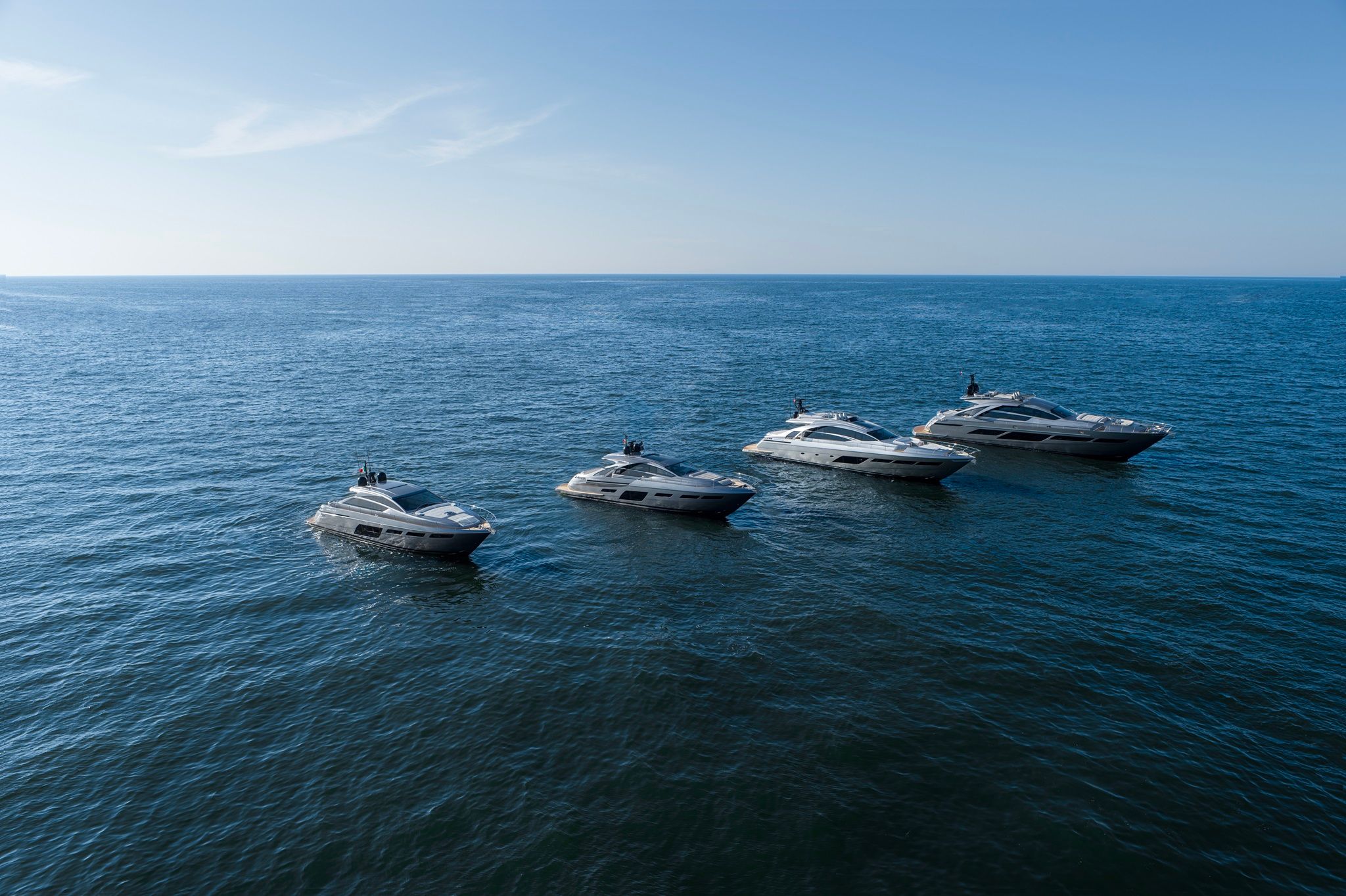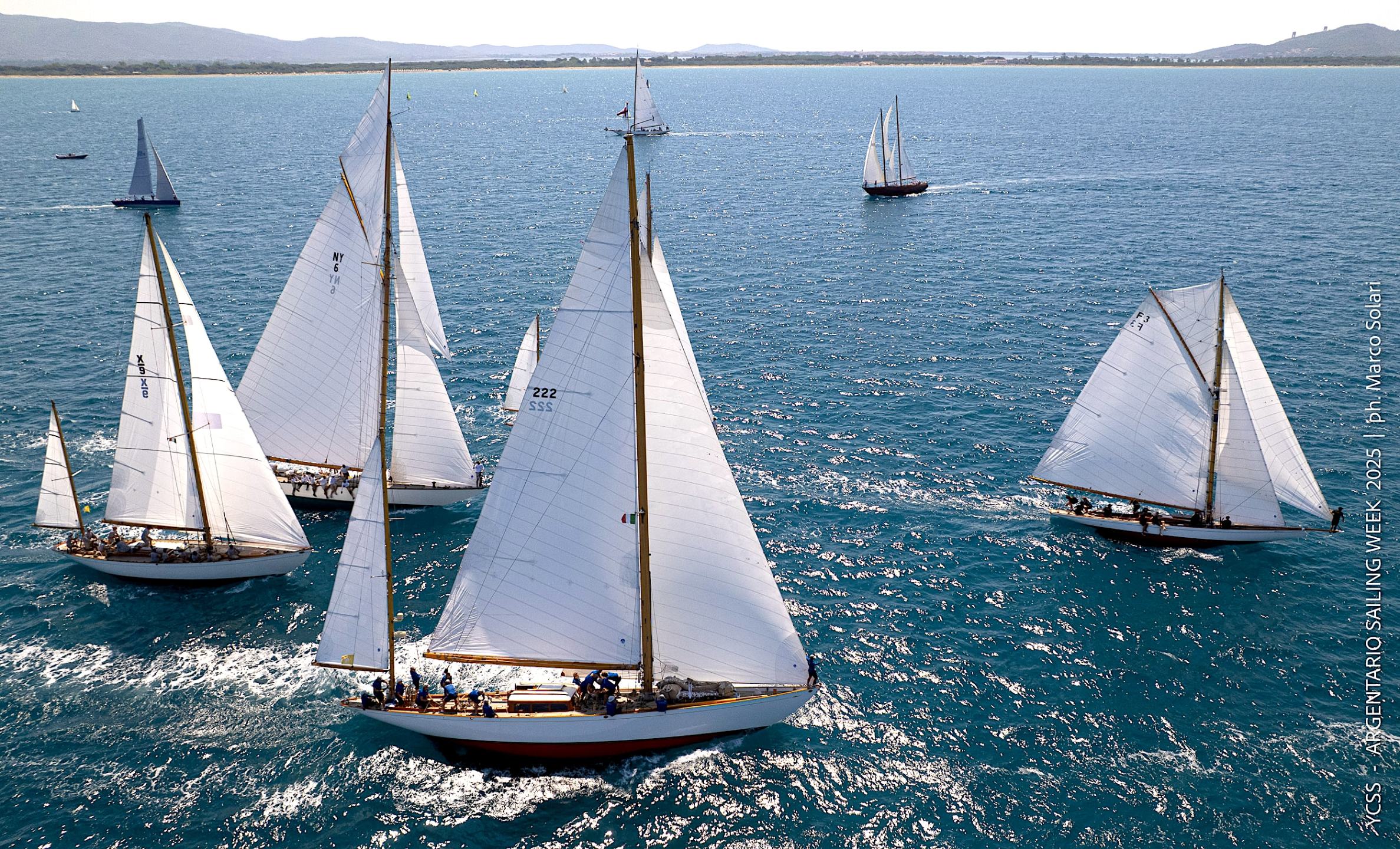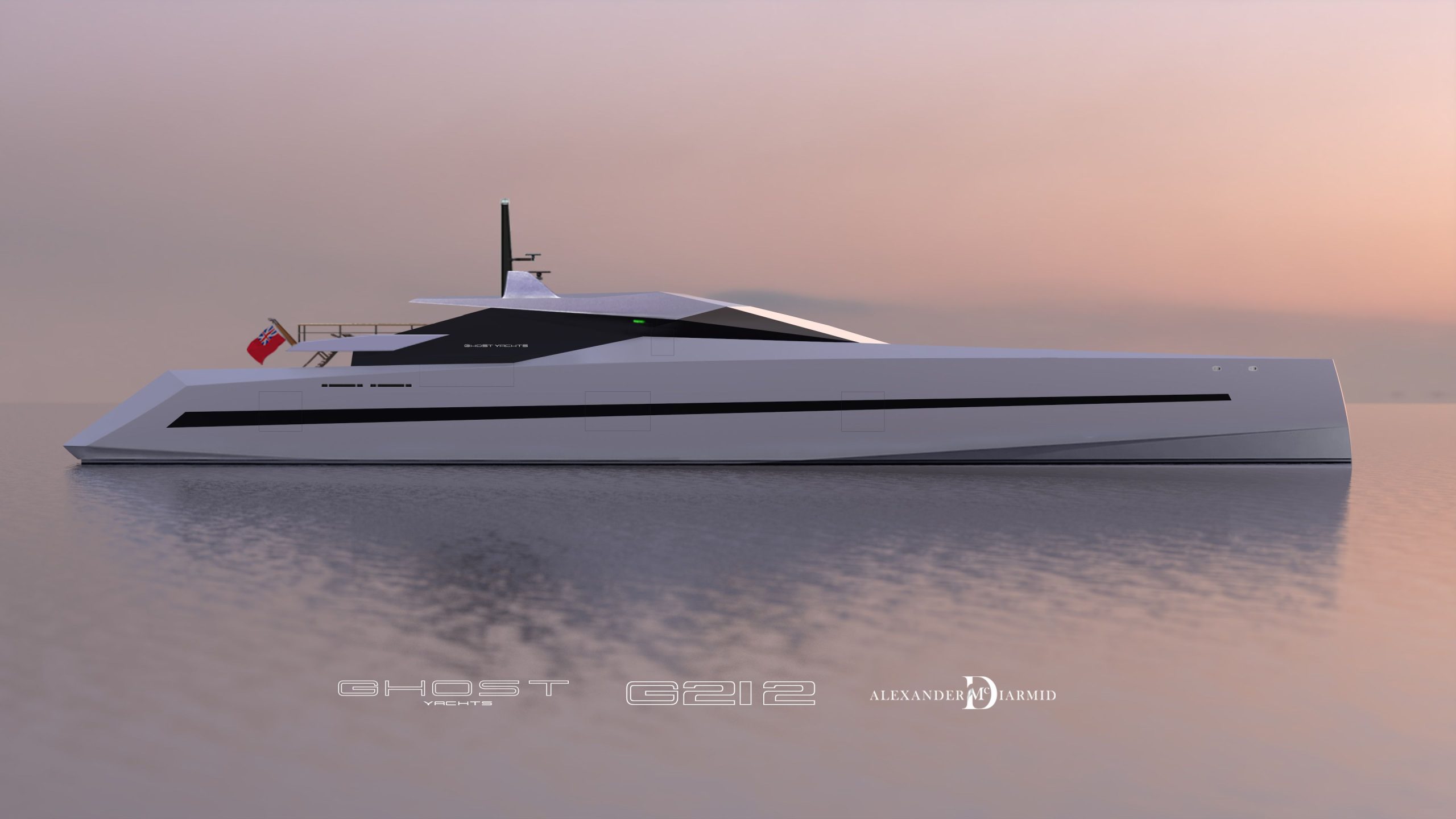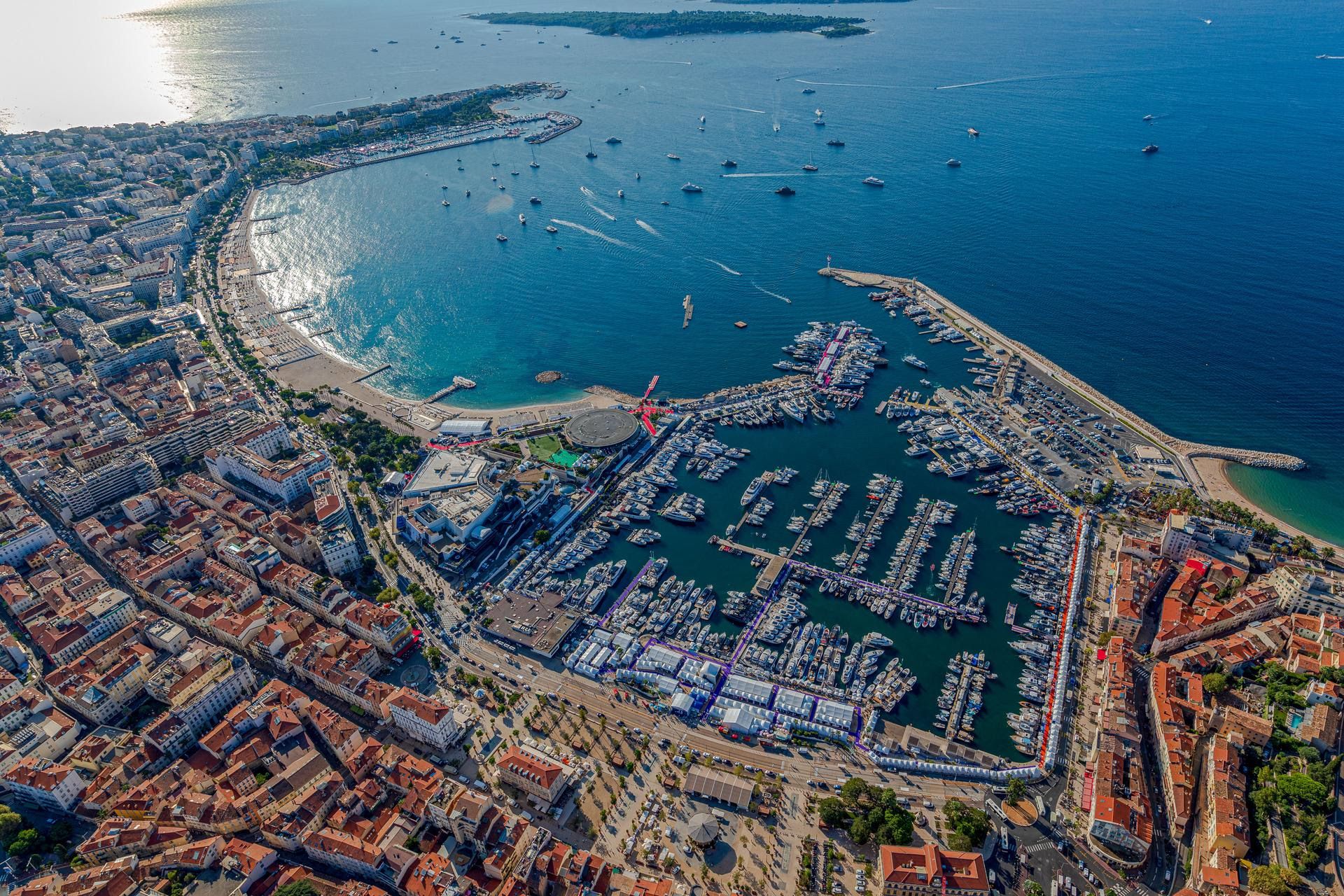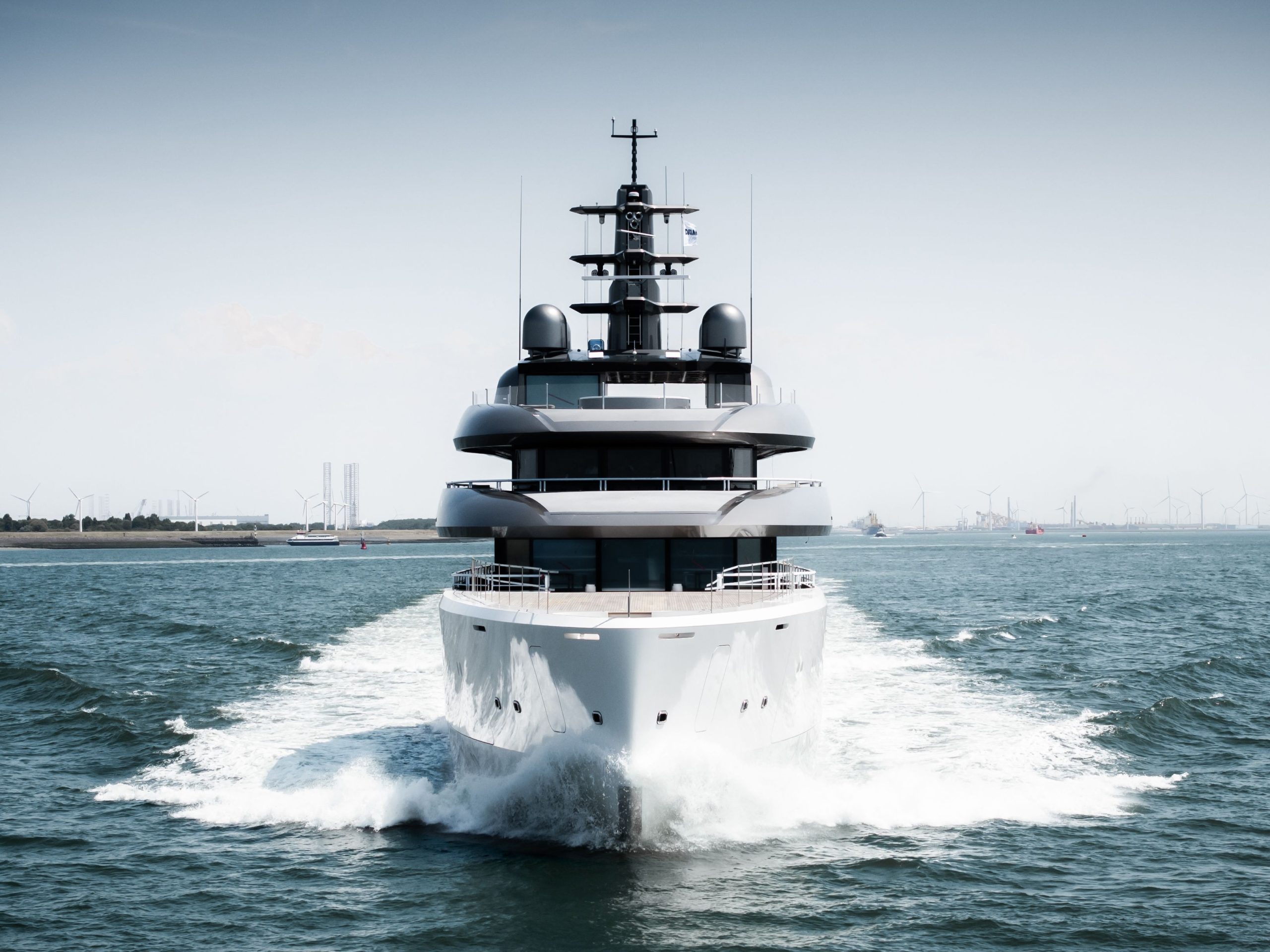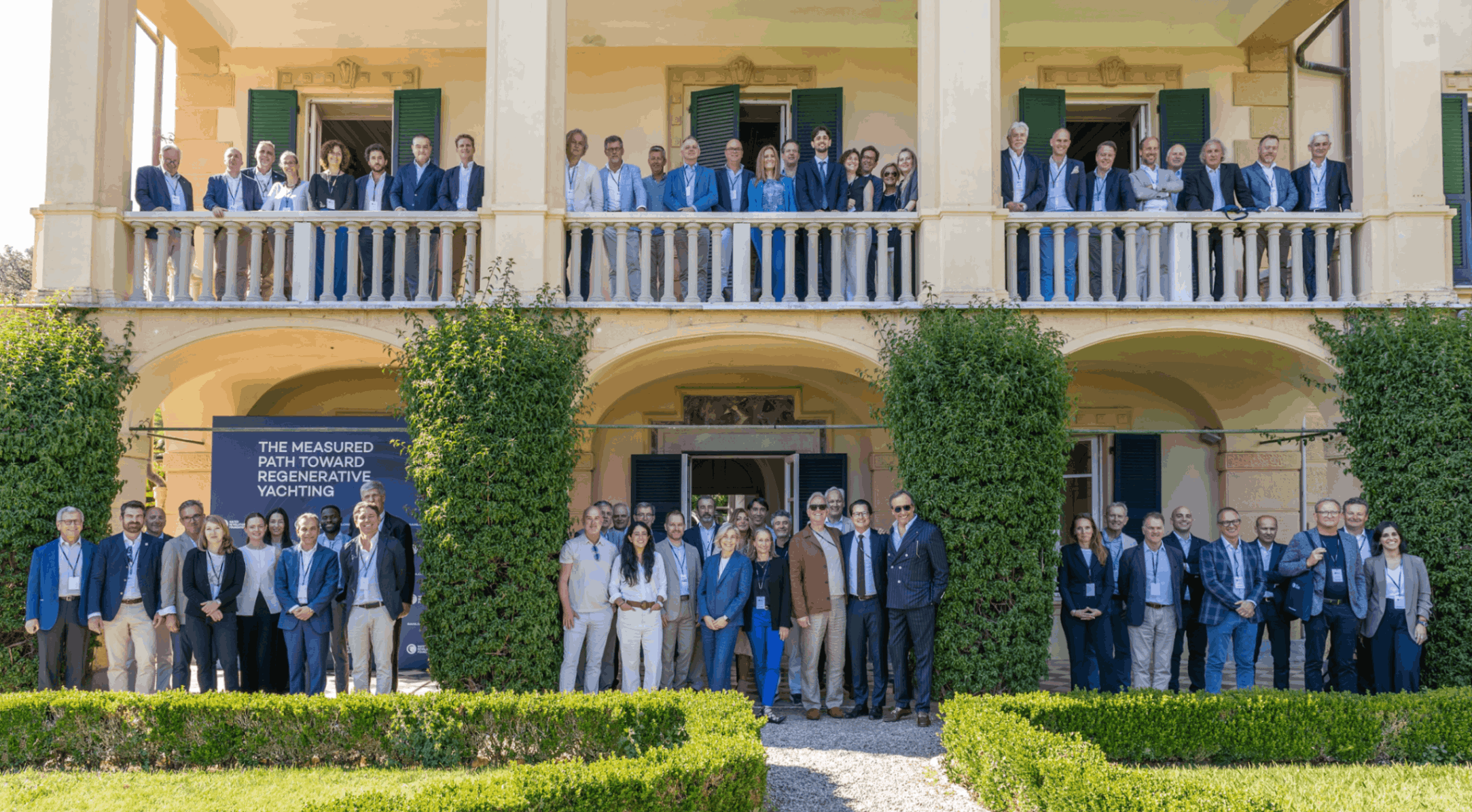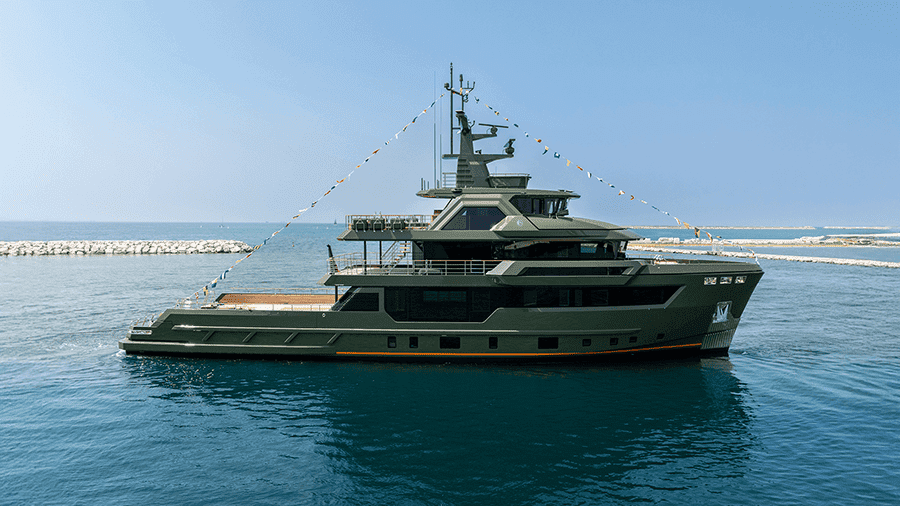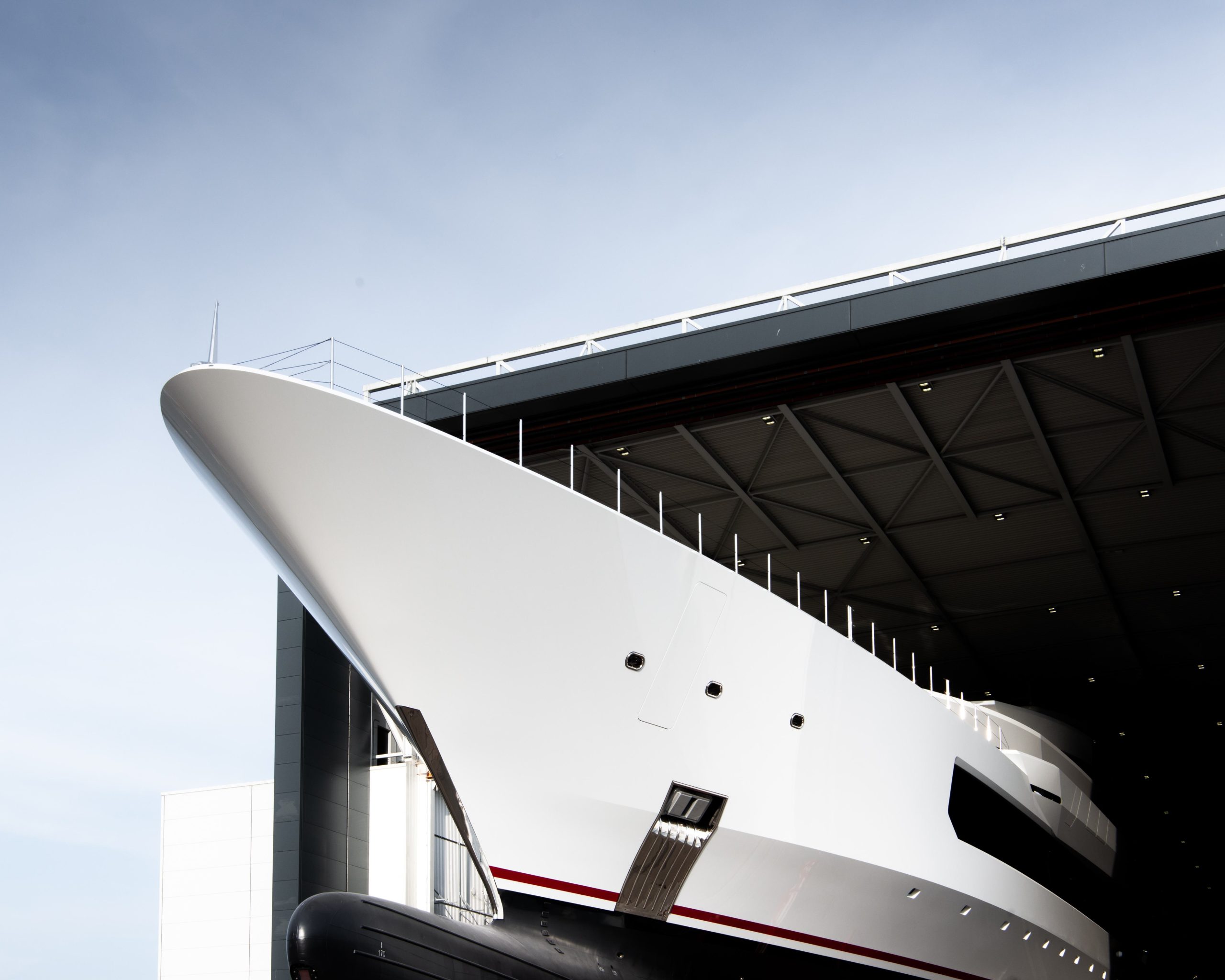Reptile rescue mission after the destruction of the oil spill in Mauritius
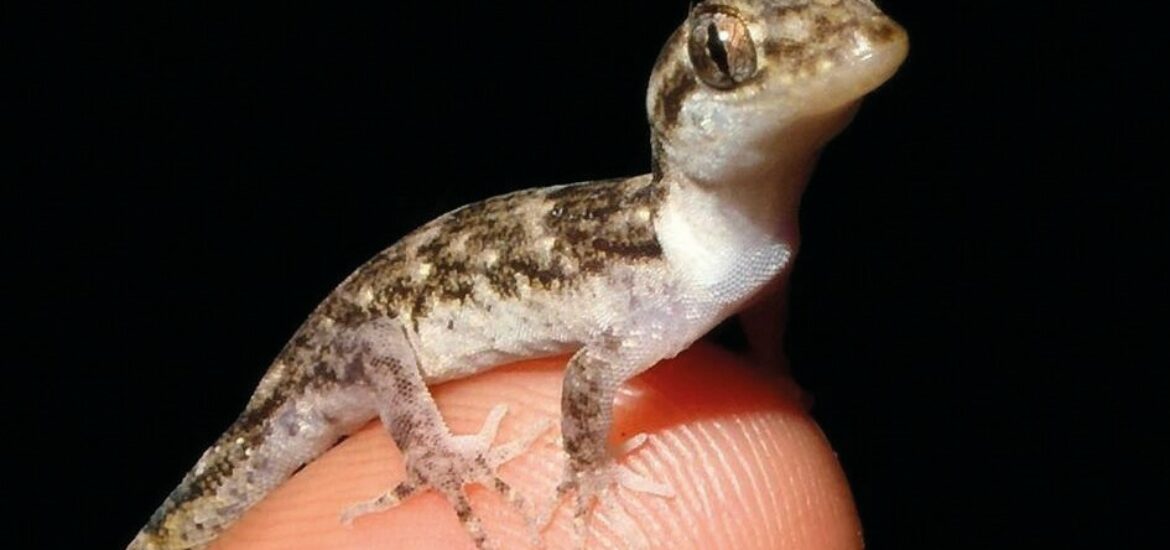
Skinks look like pretty tough lizards. With short, stocky legs and no neck worth mentioning, they wedge themselves into caves and cracks that are difficult to penetrate. If a predator manages to free them, they will simply shed their tail and let it wriggle in the unsuspecting carnivore’s mouth before calmly growing a new one. Skink-like lizards first appeared in the fossil record around 140 million years ago, around the same time as the Tyrannosaurus Rex – so they must be doing something right. But there are some dangers that even a skink cannot wriggle out of. When the freighter MV Wakashio ran aground on July 25th and 1,000 tons of fuel ended up in nearby nature reserves and national parks, an artificial problem needed an artificial solution.
Bojer’s Skink, Bouton’s Skink and the Lesser Night Gecko can only be found on a handful of islands in the southeast of Mauritius. Wiped out elsewhere by invasive species and habitat loss, only a few hundred are still alive. Since oil pollutants are extremely toxic to lizards, the recent disaster could have made them extinct if it hadn’t been for the swift and determined rescue mission of the Mauritian Wildlife Foundation (MWF – BirdLife Partner) and the Durrell Wildlife Conservation Trust, backed by BirdLife, the National Parks and Conservation Service of Mauritius and the Forestry Service. Scientists evacuated 30 Bojer’s Skinks, six Bouton’s Skinks and 30 Lesser Night Geckos to mainland Mauritius. In September they were flown to the world famous reptile breeding facility at Jersey Zoo.
“This rescue is our chance to save this unique Mauritian species and secure a permanent gene pool so that one day they can be reintroduced,” says Dr. Vikash Tatayah, MWF Conservation Director.
Dr. Nik Cole, Island Restoration Manager at the Durrell Foundation explains why the Jersey Zoo in the Channel Islands was the only choice for the lizards despite its distance from Mauritius. “Jersey Zoo… has more than 40 years of experience in conserving Mauritian reptile populations in captivity and has world-class herpetological and veterinary expertise. This is their only chance of survival as the facilities to keep these reptiles and protect them from predators, foreign parasites and disease in the long term are currently not available in Mauritius. Two of these species have never been kept in captivity, which underscores the skilled care of these animals. “
Although less than 5% of the lizard populations have been captured, they act as an important reserve in case wild populations suffer severe losses or even become extinct due to the oil spill. The lizards are bred in captivity in the hope that their offspring or grandchildren can be released to replenish the wild populations once the oil toxins are broken down.
As an island nation, Mauritius is famous for its unusual and unique wildlife, which has evolved independently over millions of years of isolation. In addition to the intrinsic value of this animal world, the tourism income generated by the fascinating fauna of Mauritius is one of the main sources of income for the country. Preserving genetic diversity, even within a single species, is extremely important in order to maintain a healthy level of variation and avoid inbreeding.
Bojer’s Skink is one of the most genetically distinctive skinks in the world. It is the only species in its genus, and it was different from its closest relatives 30 million years ago (by comparison, humans did this less than 7 million years ago). As an omnivore that eats both insects and fruits, it plays an important role in the ecosystem by keeping insect levels low and distributing seeds in its droppings. Entire forest areas might not have regenerated if it hadn’t been for this fruit-loving Roamer. Bouton’s Skink prefers coastal areas where it eats marine crustaceans and insects. This lizard has invaded a variety of different subspecies that are scattered across the various islands, all of which are important for conservation.
And then we come to the Lesser Night Gecko, a completely different species of lizard. While most geckos have the bulging, capless eyes and self-adhesive toe pads, one thing that sets them apart from the crowd is their absolutely tiny size. This midget reptile grows only 6 cm long (including the tail) and lays eggs weighing only 0.2 grams. While the lizard can’t dance all the way on the head of a pin, it can comfortably sit on the average fingertip. This adaptation could be due to island dwarfism – the process by which species on isolated islands shrink due to limited space and food supplies. There is still so much to discover about these wonderful creatures.
“It shows what we can all achieve, despite the circumstances, to protect the precious natural environment through the combined efforts of conservationists, government and supporters,” said Particia Zurita, CEO of BirdLife International.
The rescue of the reptiles was made possible with the support of the Jean Boulle Group, whose generous and timely support made it possible to transport the lizards to the Jersey Zoo. Her commitment builds on her history of conservation in Mauritius and around the world. The Jean Boulle Group’s first conservation project with MWF helped restore the wild Mauritius kestrel population to what is now known as the Kestrel Valley. Today the Jean Boulle Group is a strong proponent of initiatives to protect and combat marine pollution. In particular, it has worked with reptile experts on the 19 islands of the Saint Brandon Archipelago and with MWF, ECOSUD and BirdLife International on conservation and environmental awareness in Mauritius.
The Jean Boulle Group has also been actively involved in wildlife support and sustainability programs in a number of other areas outside Mauritius, including: conservation awareness and replanting in Madagascar, anti-poaching initiatives in Zambia, assistance with BirdLife’s work on key areas of the biodiversity, conservation of the critically endangered albatross, and extensive participation in the South Georgia Heritage Trust’s invasive species program. Nathalie Boulle has been the founder since 2007 and was honored to receive the BirdLife President’s Medal from HIH Princess Takamado from Japan in 2013 as a thank you for longstanding service to nature conservation.












